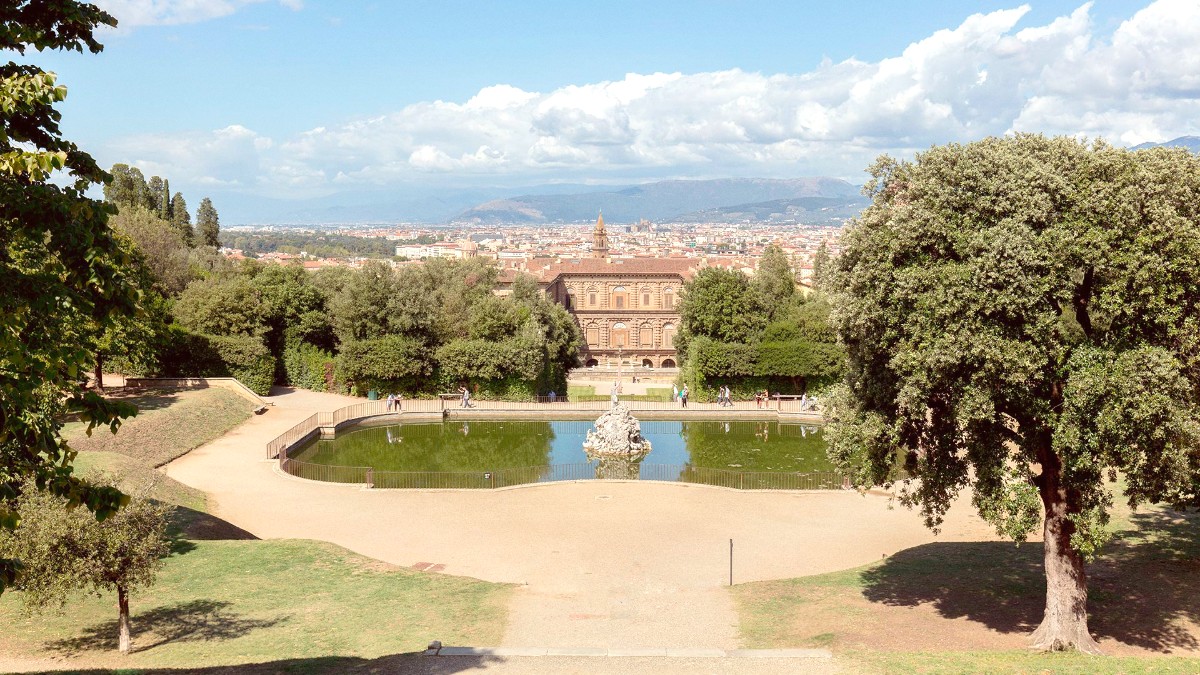
Tuscany, Italy
Pistoia sits at a central point, making many of Tuscany’s famous cities and charming towns easily reachable for day trips, mostly by train. Florence, Lucca, Pisa, Montecatini Terme, Collodi, and Vinci are close by.
These locations are simple to journey to by train or bus. Some are also possible by car, but mind the ZTLs in historic centers.
Beyond city living, Pistoia’s environment includes striking natural scenery, from mountains to marshlands, for outdoor enjoyment.
The Apennines present many hiking prospects, along with charming mountain villages. Padule di Fucecchio is Italy's largest inland marsh. Rolling Tuscan hills bring picturesque views.
The Pistoia Apennines offer hiking, trekking, and winter sports. The Montalbano hills feature rural drives and olive groves. The Versilia coast, about 1 hour away, has sandy beaches.
Broaden your cultural exploration past Pistoia’s city boundaries. Visit nearby historical places and rural attractions.
Several UNESCO-listed Medici villas, residences of the powerful Medici family, are a short distance away.
A hilltop town known for Etruscan tombs and quality Carmignano DOCG wines. History and culinary aspects combine here.
Explore Montalbano or Pistoia hills for authentic local life, traditional trattorias, and agricultural landscapes.
Explore these historical homes for a look at Renaissance life and art. Noteworthy villas include La Petraia and Poggio a Caiano.
This hilltop town has Etruscan tombs and local wines (Carmignano DOCG). It offers a blend of history and culinary interest.
Pistoia can serve as a stepping stone for longer regional explorations, to combine it with other iconic Italian destinations.
Head south from Florence to explore iconic medieval towns. An overnight stay allows for a full appreciation.
Dedicate days to staying in an agriturismo within the Chianti area for a deep dive into Tuscan wine production.
Although not in Tuscany, the colorful coastal villages of Cinque Terre are a popular extension, reachable by train.
Italy's major cities are easily reachable by high-speed train, a logical next step for those wishing to explore more.
A common route moves from northern Tuscany down to central Tuscany, then extends further south or to the coast.
Begin in Florence, representing the northern part of the region.
Travel to Siena and San Gimignano, capturing the central Tuscan experience.
Extend to southern Tuscany (Val d'Orcia) or head to the coast for a different experience.